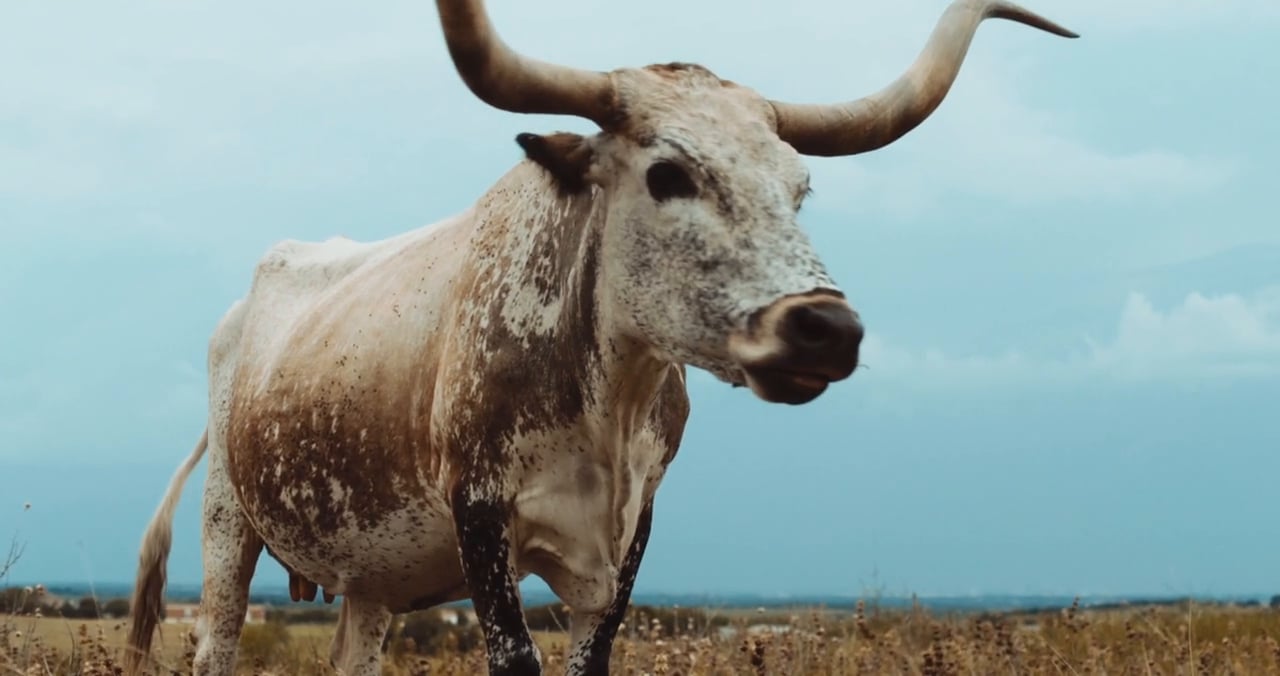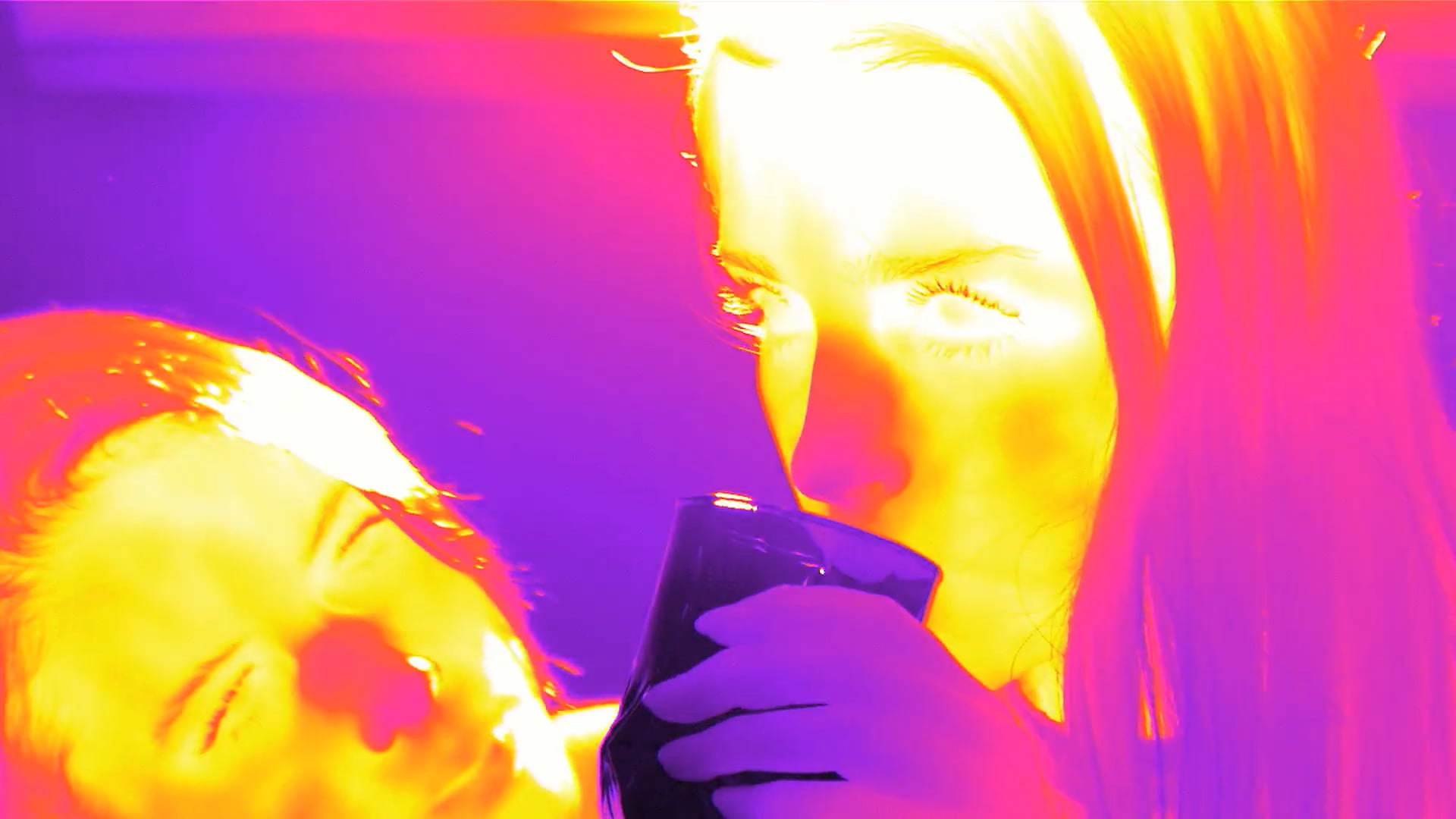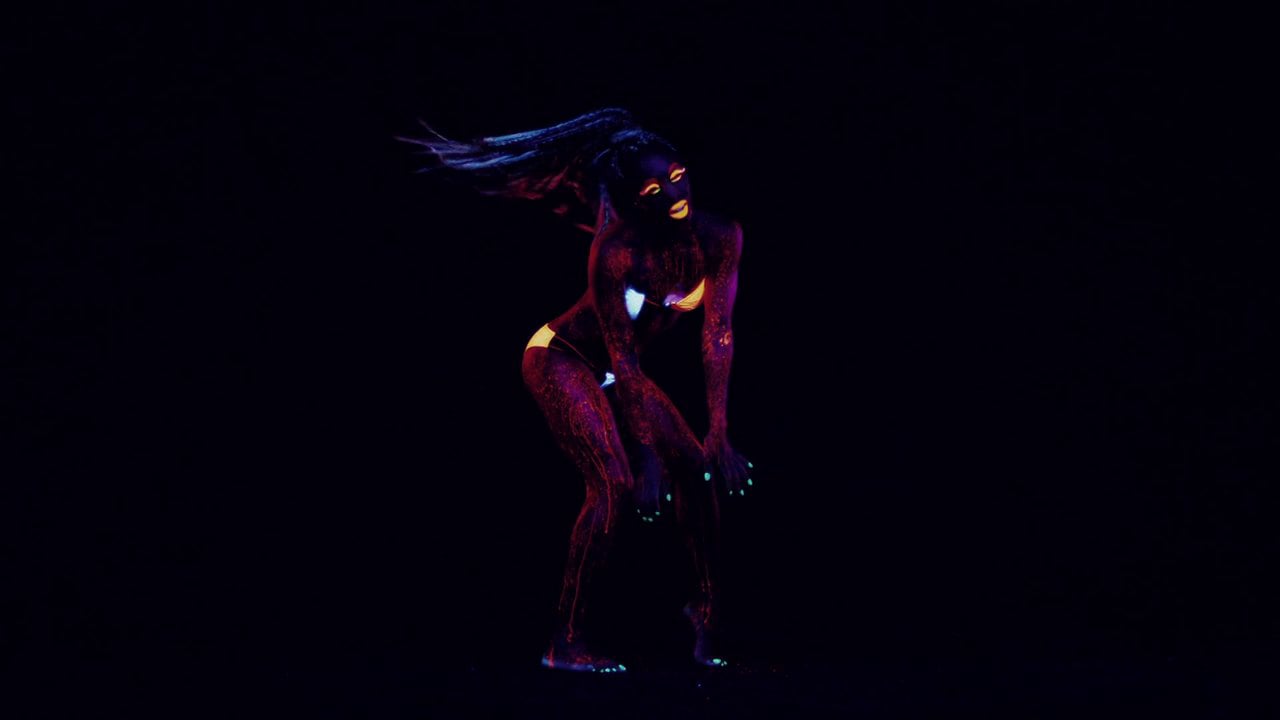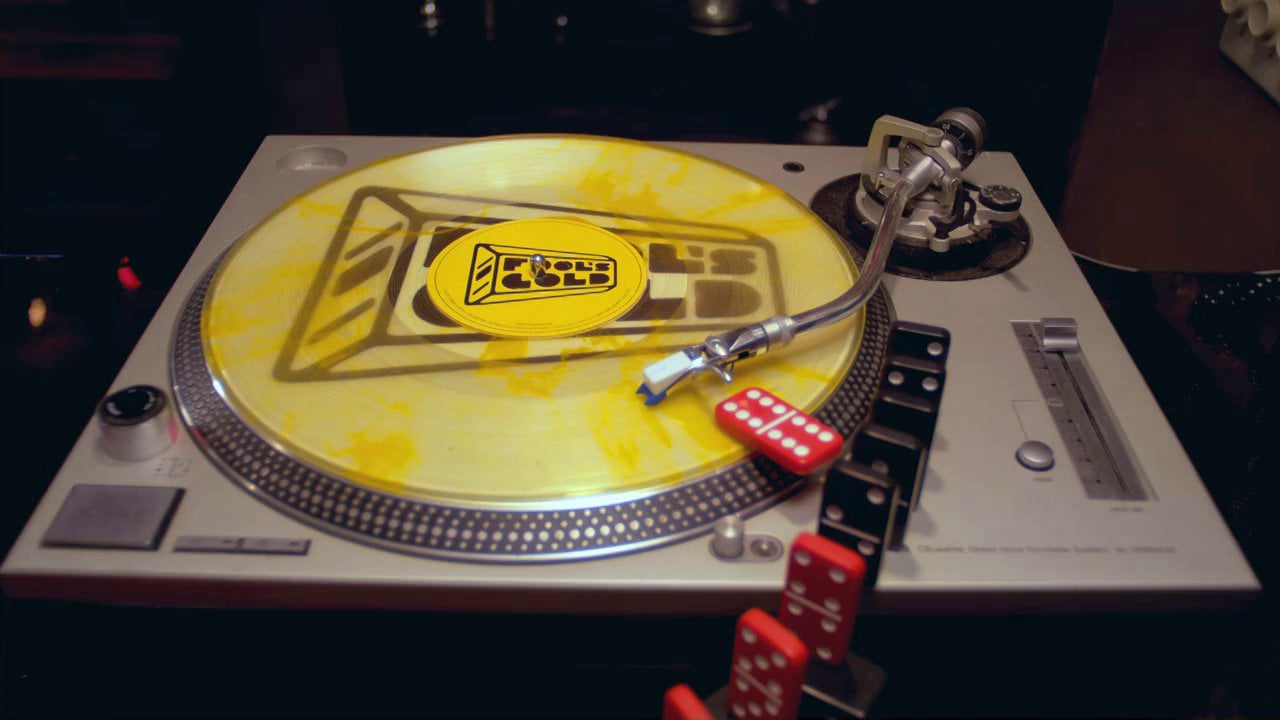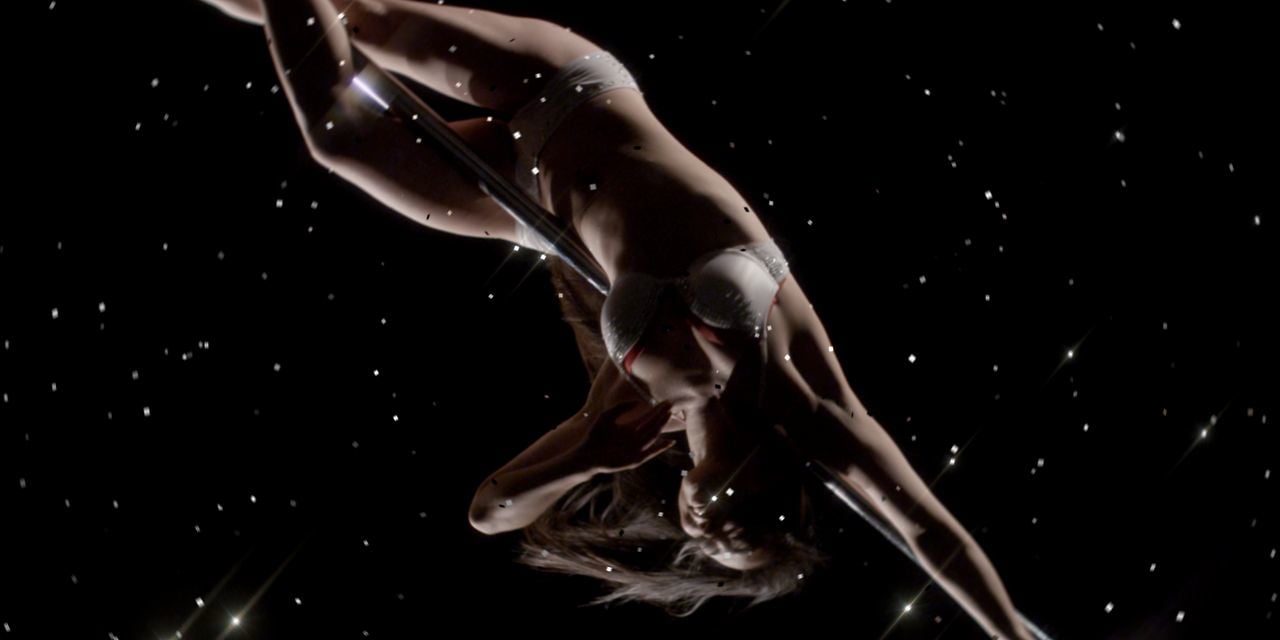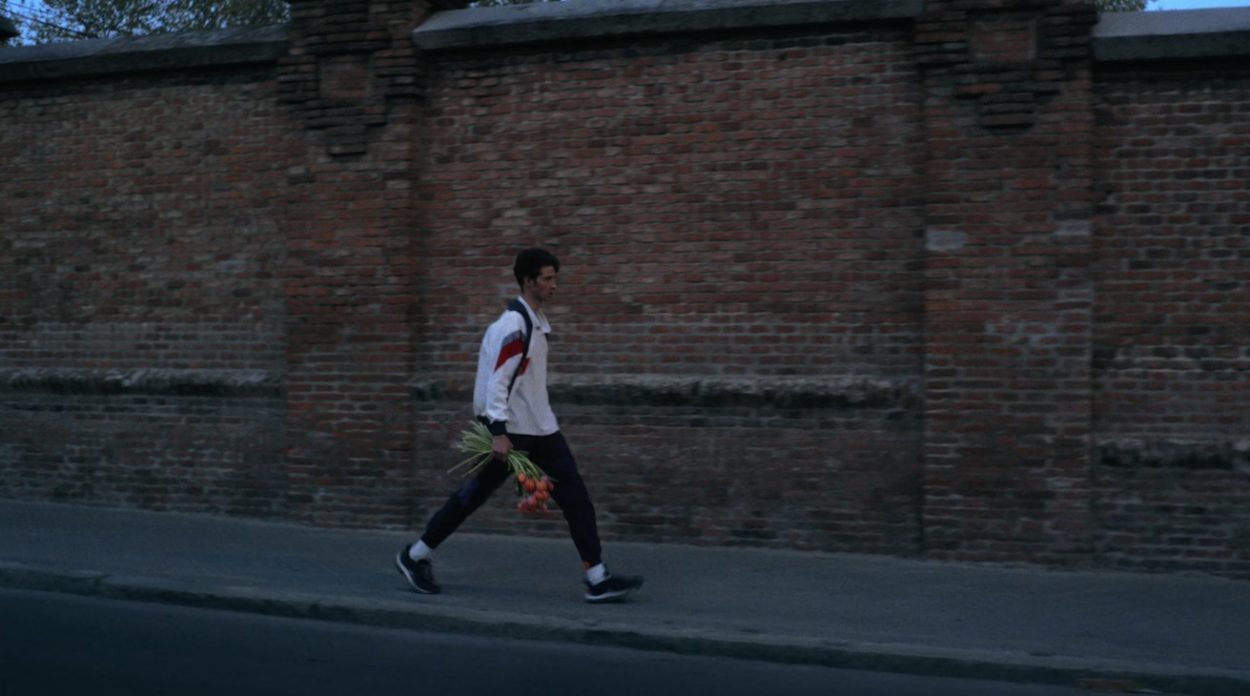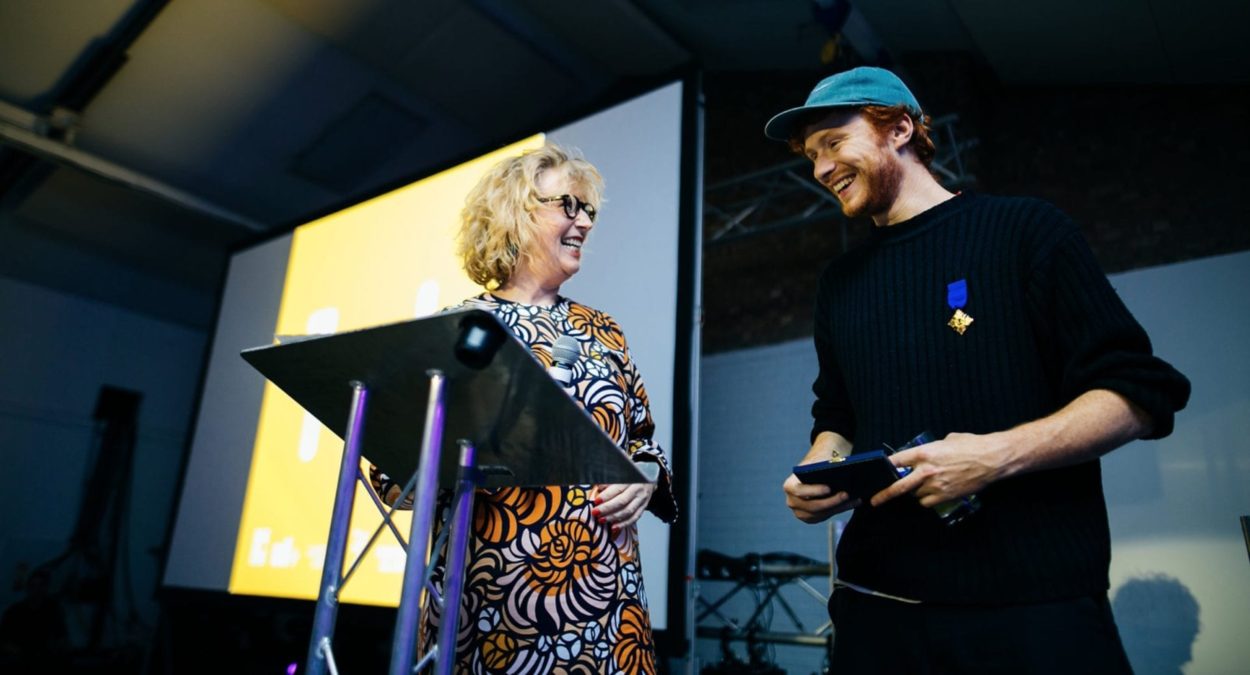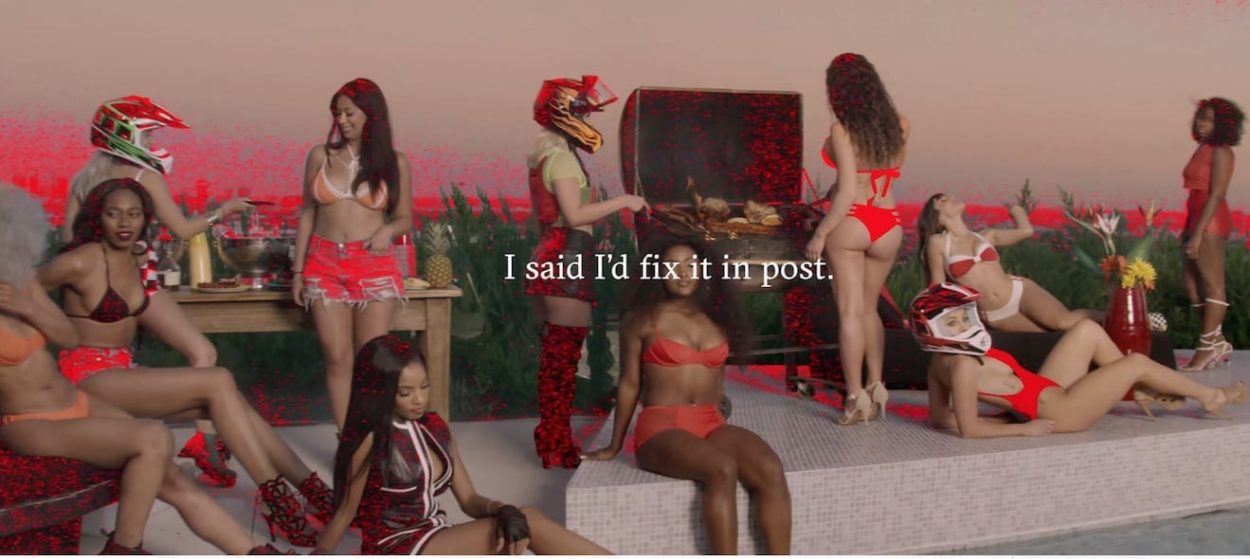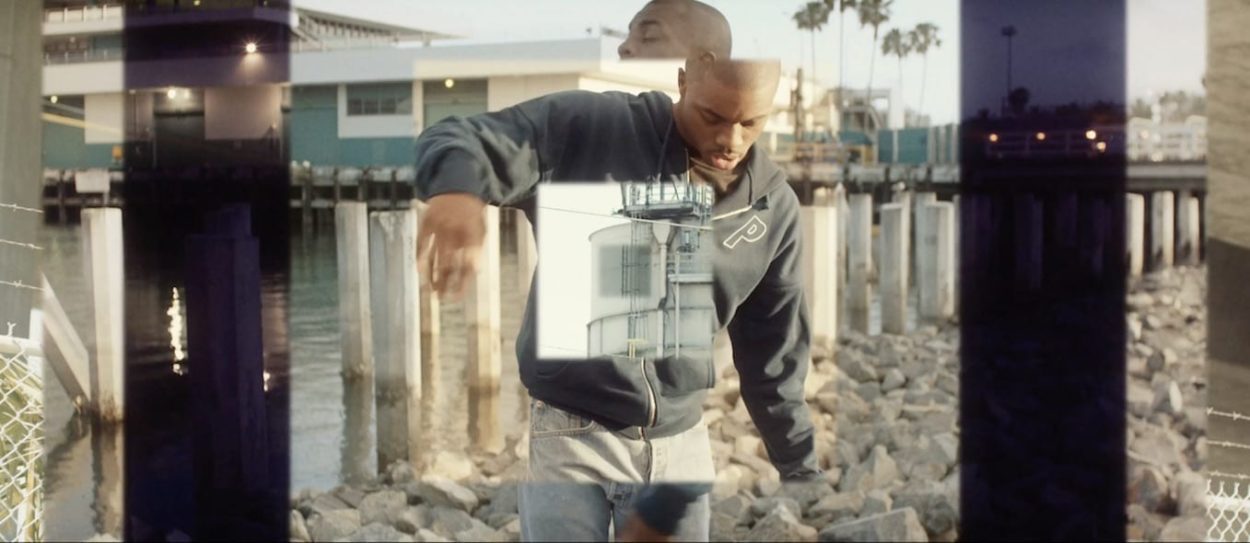Potted history please of what led you to directing? Did you have a particularly creative childhood?
I came to directing and video in general through graphic design and digital media actually. Childhood-wise, my father’s an illustrator and designer, so I was introduced to computers at a very young age. My homework time was spent playing with Photoshop 3.0, Bryce 3D, Poser, ClarisWorks, HyperCard— all of the mid 90’s beige Mac essentials.
Later on in high school, I began to teach myself software programming, started a little one man Mac software company making little shareware apps. In college, I studied graphic design, and began to explore animation and vfx on the side. All of these interests of design, programming and animation eventually led me to take a job at Apple as a human interface designer, where I helped to design the user interface of iPhone, iPad and MacOS X for several years.
I continued to experiment with animation and VFX more and more while at Apple, and eventually left to start my own video and design company, Pomp&Clout, and I’ve been doing almost all video plus a little bit of design ever since. In the past few years, I’ve been working with Riff Raff Films in the UK, and they’ve helped me increase the quality of my concepts, their execution and reach.
Your films are often based on one great idea – whether it’s live action or a singular special effects idea. How do you decide which direction to go in – is it usually an instinctive response to the track?
I think that’s a bit of the graphic design thinking coming into play – the desire to create a simple, elegant idea. Many times it will be a very subtle vibe that I feel in the track… some emotional note or melody that gives me a specific feeling, that my mind then fills in with some image, effect or color palette. Other times, I’ll have an idea that’s been bouncing around in my head, or a mockup that I’ve made and need to find a project for and it just clicks with the song.
Do you collaborate closely with bands or generally do they give you creative freedom?
It really depends on the project. In general, I tend to come up with an idea that doesn’t include the band. It’s not that I dislike that, it’s just that’s how my video concepts tend to lean. I’ve done several videos in the past in which the artist commissions the video directly, and I converse with them directly during post.
How do you evolve your ideas – do you storyboard in detail? Some of your films feel rather spontaneous – thinking of Left Hand Free for Alt-J for instance, and Freak for Steve Aoki, Diplo & Deorro is funny and mainly live action – while others are intricately detailed such as Tuna Melt for A Trak and Tommy Trash. How does your creative process differ depending on the type of video you’re making?
Yea, I really like to allow each video to have its own feeling, rather than trying to impose my “look” on everything. Certain songs just seem to dictate a completely different tone… be it free and docustyle, like the alt-J video… or more funny and overtly sexual like Freak… or maybe the core concept simply necessitates strictness and rigidity like the domino setups did in Tuna Melt.
Regarding evolution of ideas, and how I storyboard them, Alt-J was shot with a plan of “let’s get us much nostalgic, overtly American summer stuff as possible in five days”.
Freak was very framing-dependent, so I built a simple 3D animatic which would show myself, the cast and crew how each one of the visual jokes would play out (https://vimeo.com/99374603).
On Tuna Melt, my producer, DP and I knew any plan we made up before beginning to build dominos on location would be worthless, so we simply tested different plans and moves through the house for the first five days of production, settled on one that seemed like “this could work”, then spent the next five days painstakingly making sure it worked and filming it.
More recently, I pitched a music video with nothing but a simple handheld video walkthrough of the location I planned to shoot at, with onscreen titles textually narrating the story. That was awarded, so now this pitch video will turn into more or less a rough draft for the video itself. In short, every one of my ideas demand a somewhat unique method for creative ideation, and I try to let that method naturally surface early on in pre-production.
How did your knowledge and skills of vfx come about? Have you worked in post or do you collaborate closely with an effects artist? Do you have a hard drive full of technical ideas that you apply and develop when an appropriate project comes along?
I’ve done all of my own VFX in the past, but have since been building a small team of extremely talented artists and designers at Pomp&Clout to work with on projects. My creative director, Aaron Vinton, has been instrumental in allowing me to take on larger and more complex VFX-heavy concepts.
We’ve also been working with The Mill on color grading/finishing projects more and more lately, and they’re always a complete dream to work with. As far as technical ideas, I’m always writing ideas into a web app we use to track projects, ideas, etc. and we try to block half of each wednesday that we aren’t slammed with projects to just play around, make weird stuff, and explore.
Many times, we’ll make a test video, image mockup, or sketch an idea for some weird effect or algorithm, file it away for a few weeks, and then a perfectly suited project will show up out of no-where just begging for the idea.
What was behind your decision to shoot My Love for Route 94 on FLIR Thermal Camera? And what process did you use for Major Lazer’s Sweat?
I’d seen the FLIR thermal cameras a while back on a late 2000s music, and was just completely amazed at the resolution, as well as the new creative opportunities it offered. The popular perception is that they shoot blurry, low resolution footage, but the reality is that the technology has grown incredibly advanced in recent years for scientific and industrial application.
I was interested in using the camera to show the sensuality of touch, and the lingering effect it can have from person to person. We did our casting auditions with a small FLIR handheld camera, to ensure we knew what the talent that we were casting would actually look like in thermal vision. What I love about FLIR technology is that everything is done in-camera, it’s a truly fascinating world of tech that I hope to explore much more.
Sweat was filmed with primarily black lights (UV), using normal RED Epic cameras. My DP TS Pfeffer was able to source incredibly powerful UV lights that are frequently used for large scale theatrical events, like Blue Man Group, etc. Our wardrobe department were armed with small handheld UV lights to test fabrics in stores, ensuring that everything would react to the lights on set. It made for an interesting environment during the shoot, everyone’s teeth were glowing, you couldn’t see anything if it didn’t have some white or color on it, and you’d begin to get a headache if you looked into the lights too long.
Which films are you proudest of and why?
Diplo – Set It Off is still my current favorite. I’m very proud of the strict constraints I put in place on myself (a pole the whole way), and how the video meanders within those constraints while managing to keep the viewer engaged. It was also just incredibly fun to film, all of the dancers were so talented and required so little direction.
You’ve got a stunning portfolio of music videos for leading bands. Are you interested in shooting other genres – such as commercials or short or long format films?
Yes, I’m very interested in shooting more commercial work for sure. I like to think that my focused ideas would be right at home in larger commercial work, and I’d love to have the budget to work with an industry leading VFX-house to push my ideas beyond the scope of what my guys and I can do. In my occasional free time, I’ve been working on a few feature film concepts, one of which has meandered out of several unused music video pitches, and I’m hoping to find more time (and funding) to shoot those in the near future.
Anything else you’d like to share?
In addition to video, I’ve also been shooting 3D 360° video content for the Oculus VR headset. It’s an incredibly exciting new frontier of film making and film viewing, but that’s a whole other discussion. We’re also doing more video work with an interactive element, and some of that should be coming out shortly as well.

